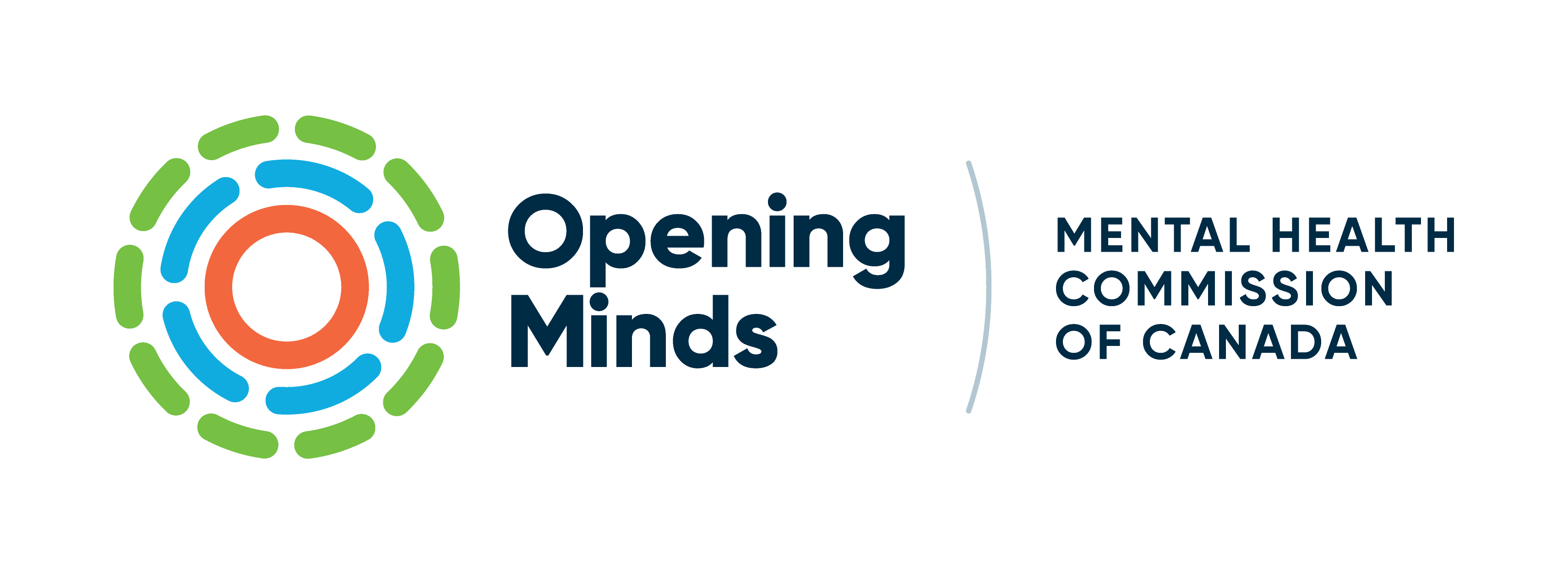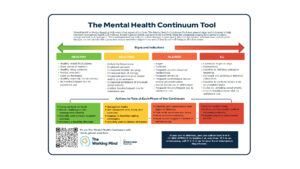As organizations strive to enhance their work environments, psychological health and safety (PHS) is emerging as a critical component of overall organizational health. Implementing a PHS assessment and training program can initiate profound systematic change across organizational, sectoral, and workplace levels, driving progress toward sustainable, healthy, and productive environments.
Organizational-Level Change: Building a Culture of Psychological Safety
At the organizational level, adopting a PHS assessment and training program reshapes the way leaders and employees work and interact each and every day. It shifts from a reactive approach to one that fosters a culture of proactive mental wellness. This paradigm change prioritizes prevention, creating structures that identify psychosocial risks and reduce stigma around mental health challenges.
By conducting a PHS assessment, organizations gain clarity on specific areas where more emphasis should be put on improving processes, procedures and operations. The training that follows equips employees with the skills to navigate these challenges, while management is given tools to create an inclusive and supportive culture. This systemic shift improves employee engagement, retention, and overall organizational performance.
Sector-Level Change: Setting Standards and Promoting Best Practices
Systematically, the integration of PHS programs has a ripple effect at the sector level. Industries that adopt these assessments set a new standard for psychological health and safety. In sectors like oil and gas, where high-pressure environments are common, PHS assessments enable organizations to reduce stressors, mitigate risks, and align with broader occupational health and safety regulations.
This systemic approach also leads to the development of sector-wide benchmarks and best practices, promoting transparency and collaboration among organizations. As sectors champion psychological safety, they contribute to a larger cultural shift, where employee mental health is seen as essential to industry success.
Workplace-Level Change: Creating Safe and Supportive Environments
At the workplace level, the impact of a PHS program is felt directly by employees. Psychological health and safety assessments bring clarity by identifying stress points within the daily workflow, addressing issues such as workload, autonomy, and team dynamics. This data-driven approach simplifies the process of identifying and rectifying hazards, offering a clear path toward creating safer, more supportive environments.
Training complements the assessment by empowering workers to manage stress, improve communication, and build resilience. This, in turn, fosters an environment where psychological safety is embedded in daily operations, allowing employees to feel valued and understood. The outcome is a workforce that is not only healthier but more productive, innovative, and engaged.
Simplifying Implementation: Ease and Clarity in the Process
One of the primary advantages of a comprehensive PHS assessment program is the ease with which it can be implemented. The structured nature of the assessment process brings clarity to areas of improvement, offering a straightforward roadmap to enhancing workplace mental health. Rather than treating mental health as an isolated issue, the assessment integrates it into the broader health and safety strategy of the organization.
Training modules provide clear, actionable steps for leadership and employees alike, making the transition to a psychologically safe workplace seamless. This clarity reduces the complexity of mental health initiatives, ensuring they are not perceived as additional burdens but as essential components of a thriving organization.
Conclusion: PHS as a Pillar of Organizational Health
Incorporating a systematic approach to psychological health and safety through assessment and training programs is not only beneficial at the workplace level but also serves as a catalyst for change across entire sectors and organizations. By embedding psychological safety into the foundation of operations, organizations can create healthier, more resilient, and more productive work environments. These programs are not just tools for addressing mental health issues; they are integral to building sustainable organizational cultures that prioritize the well-being of every employee.


